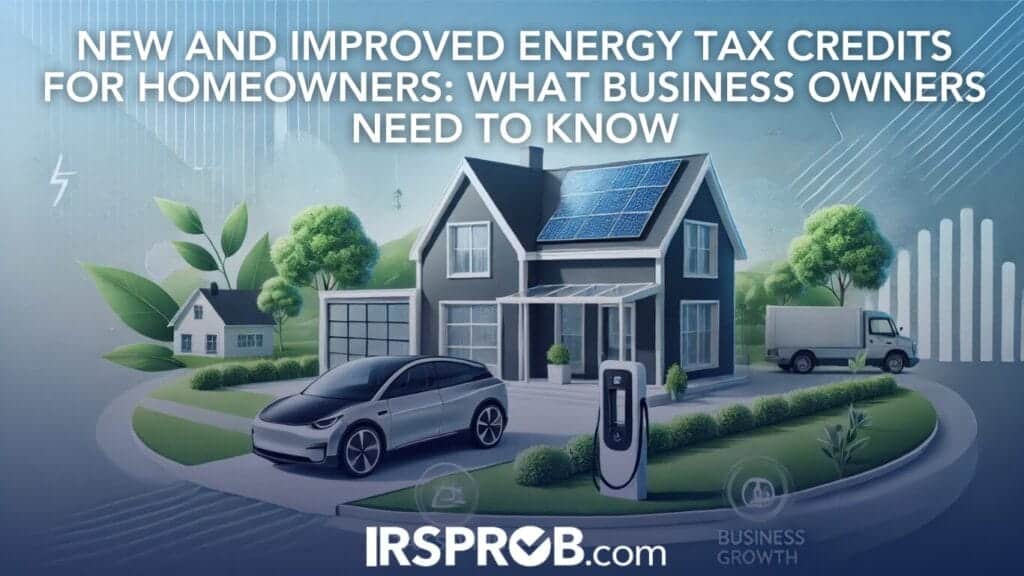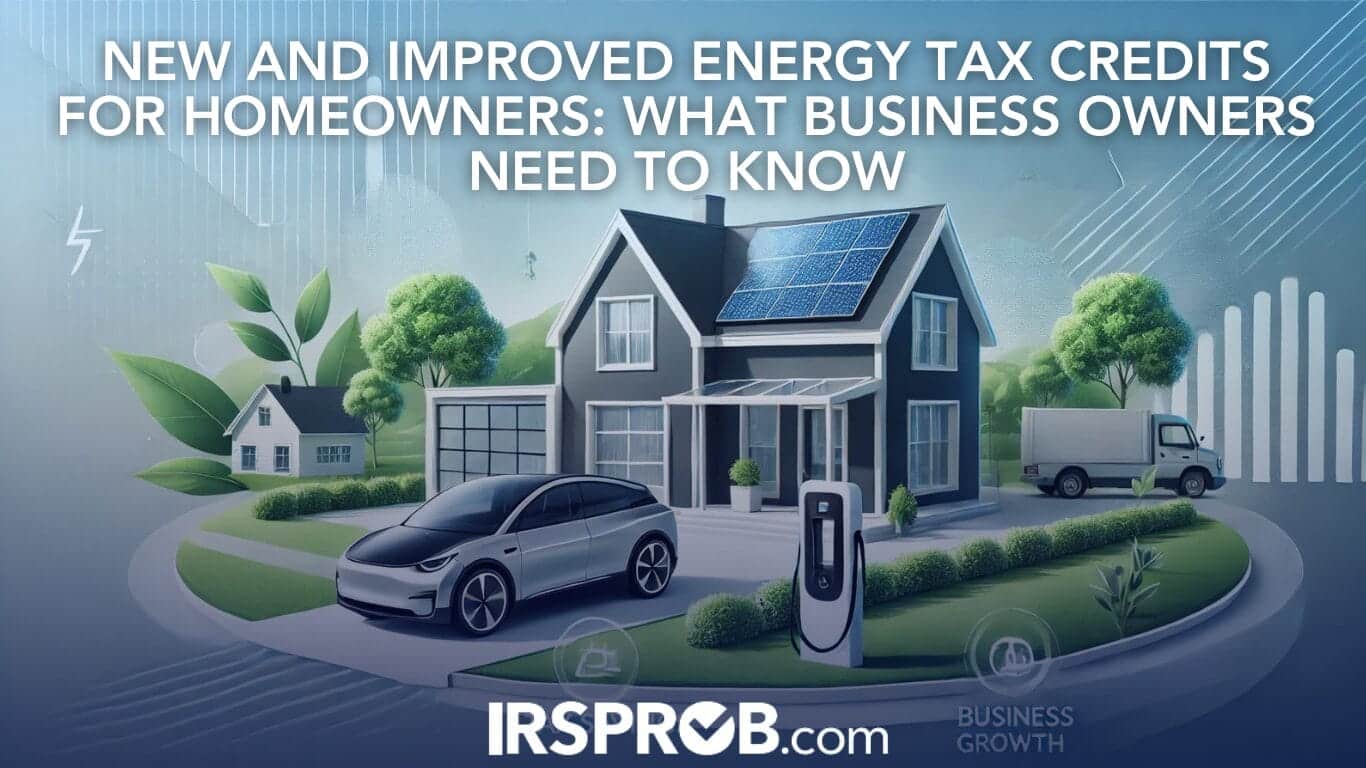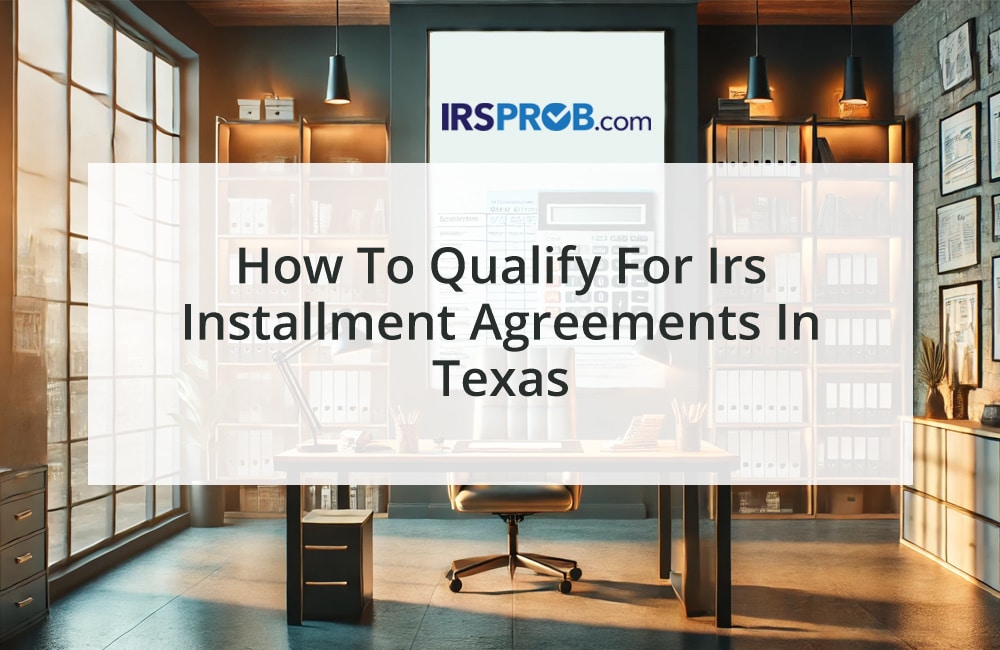
The Inflation Reduction Act (IRA) has brought significant changes and expansions to energy tax credits available to homeowners, offering a range of financial incentives for those looking to improve their energy efficiency. This blog post will break down these changes and explain how business owners can leverage them to reduce their tax liabilities while promoting sustainability.
Energy Efficient Home Improvement Credit
One of the key changes under the IRA is the renaming and expansion of the Non-Business Energy Property Credit, now known as the Energy Efficient Home Improvement Credit. Starting in 2023, this credit no longer has a lifetime cap; instead, it offers an annual cap of $1,200, allowing homeowners to spread out their energy-efficient improvements over several years. Here’s how the credit works:
- Credit Amount: 30% of the costs for qualified energy-efficient improvements, residential energy property, and home energy audits.
- Annual Cap: $1,200 overall, with specific caps for various types of improvements
- $600 for residential energy property (e.g., heat pumps, water heaters).
- $600 for exterior windows and skylights.
- $250 per exterior door, up to $500 for all exterior doors.
- $150 for home energy audits.
- $2,000 for heat pumps, biomass stoves, and boilers, which is separate from the $1,200 cap.
For example, if you install an Energy Star-certified door, central air conditioning, Energy Star windows, and insulation, you can claim a credit based on 30% of the total cost. However, you’ll need to plan these installations strategically to maximize the credit across multiple years, as the total allowable credit in a single year is capped at $1,200.
Residential Clean Energy Credit
The Residential Clean Energy Credit is another major tax incentive, previously known as the Residential Energy Efficient Property Credit. This credit has been extended and expanded:
- Credit Amount: 30% of the costs for installing eligible clean energy systems like solar panels, solar water heaters, geothermal heat pumps, small wind turbines, and residential fuel cells.
- No Annual Cap: Unlike the Energy Efficient Home Improvement Credit, this credit has no annual or lifetime cap, making it particularly valuable for substantial investments like solar panels.
- Carryforward: If your credit exceeds your tax liability for the year, you can carry forward the unused portion to reduce future tax liabilities.
For business owners, this credit can be particularly advantageous if you own a second home or use a part of your property as a home office, as long as the improvements are made to your residence rather than an investment property.
Home Electric Vehicle Charger Credit
The IRA also extends the Home Electric Vehicle (EV) Charger Credit through 2032, offering a 30% credit on the cost of installing a home EV charger, capped at $1,000. However, starting in 2023, this credit is limited to homeowners in low-income or rural areas. If you live in one of these areas, you can maximize your savings by installing multiple chargers, as the credit applies per charger.
Strategic Considerations for Business Owners
Business owners who operate home-based businesses or have residential rental properties can benefit from these tax credits. Here are some strategies to consider:
- Plan Energy Improvements Over Several Years: Spread out your energy efficiency projects to maximize the annual caps for the Energy Efficient Home Improvement Credit.
- Invest in Clean Energy Solutions: Consider installing solar panels or other clean energy systems to take advantage of the 30% Residential Clean Energy Credit, especially since there is no annual cap. This could significantly reduce your long-term energy costs.
- Utilize EV Charger Credits: If you qualify, installing EV chargers now could save you money, particularly if you plan to transition to electric vehicles for your business.
- Stay Informed: The IRA has brought many changes to energy tax credits, and it’s essential to stay updated on the latest regulations and opportunities to maximize your tax savings.
By taking advantage of these expanded tax credits, business owners can not only reduce their tax liabilities but also contribute to a more sustainable future. For those who qualify, these incentives present a valuable opportunity to make energy-efficient improvements that pay off in both the short and long term.
Disclaimer: This post is for informational purposes only and does not constitute legal, financial, or tax advice. Always consult with a qualified tax advisor to determine how these credits apply to your specific situation.









